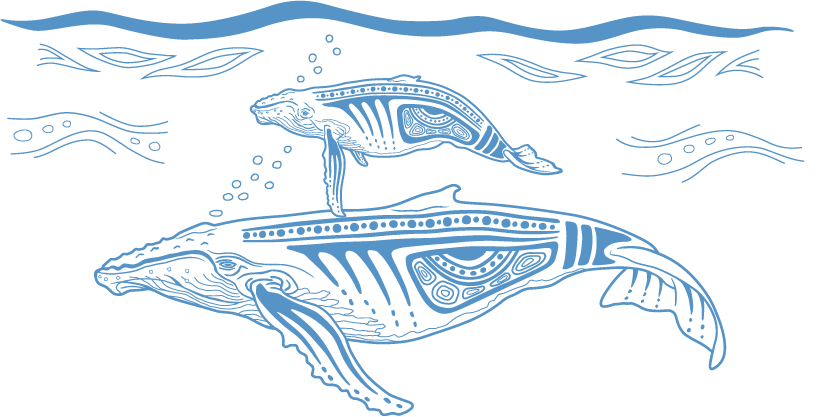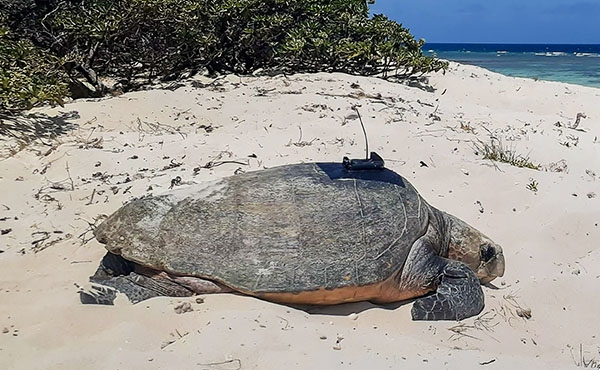The capacity to recover after disturbance is a critical attribute of a resilient system. In this chapter, signs of ecosystem resilience are examined through a series of case studies that assess recovery of natural heritage values after disturbance. These case studies were selected because they represent a range of species, habitats and processes and many have long-term datasets. Most of these case studies have been assessed in previous Outlook Reports, although some changes have occurred (Appendix 2).
The capacity to recover after disturbance is a critical attribute of a resilient system
The series of case studies illustrate the extent to which some natural heritage values of the ecosystem have recovered or declined following disturbance. The aspects of resilience focused on in each case study are:
- the extent to which some key habitats and species have responded after human and natural disturbances — coral reefs, seagrass meadows and the black teatfish (a sea cucumber)
- the extent to which populations of some representative species involved in key ecological processes have responded after human and natural disturbances — urban coast dugongs (herbivory) and coral trout (predation)
- the effectiveness of specific management actions to address declines in particular species — loggerhead turtles and humpback whales.


